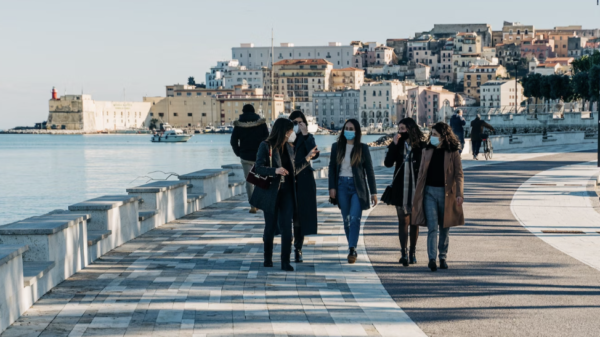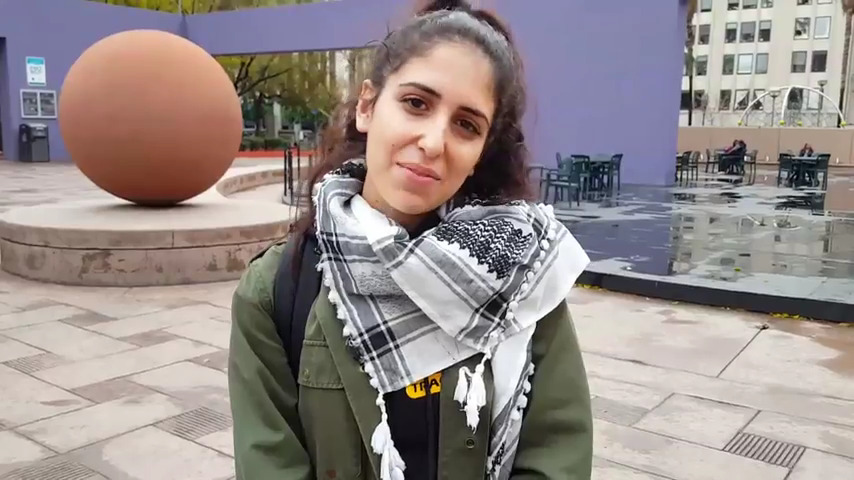Ed. Note: In an interview with NAM Executive Director Sandy Close, noted author and essayist Richard Rodriguez says there now exist two American Dreams: the one “transformative,” gaudy even, the other “diminished” and “less ambitious.” Rodriguez is the author of four books, including his most recent, Darling — A spiritual Autobiography.
What is the American Dream for immigrants? Can you define it?
In some way, the immigrant created the American Dream. It wasn’t a native-born idea. It began in the 19th century as immigrants — mainly Irish and German — began coming to the United States and describing their experience as transformative. They were no longer living the lives of their parents and grandparents. They could separate themselves from their past. They created the American Dream. In the beginning of the 19th century the immigrant was seen by native born Americans as foreigners, as intruders, tolerated only because they brought cheap labor. By the end of the 19th century, the immigrant was seen as crucial to the meaning of America, the myth of America, that you could separate yourself from the past and become someone new.
There’s a familial aspect of the American Dream that you could call ‘the dark side’. It’s that you begin to live in a country with very different values, different manners, a different voice, a different ideology from your parents and your ancestors. The dark part of the Dream is that you separate yourself from your ancestors.
A recent poll by CNN Money found 59 percent of respondents think the American Dream no longer exists. Why and when did the American Dream collapse?
The Dream collapsed in my view when we told ourselves that we no longer needed the immigrant, when we told ourselves that America, the American Dream, was finished, complete. We didn’t need immigrants to redefine us. The drama going on along the U.S.-Mexico border now is very significant. You have young Latin Americans coming to America to change their lives, and native Americans who don’t want them and see them as an intrusion.
America’s drug addiction is part of this. Unhappiness in America has created drug dealers in Latin America who supply us with drugs of every sort — to wake up, to sleep, to run faster, to work harder, to have more sex. Narcotics of every sort. That’s now part of the American experience.
Native-born Americans have a different relationship to the Dream. When you don’t make as much money as your father, when you don’t own your own home the way your parents did, your Dream begins to go the other way, you — the native-born American — begin to wonder if the Dream was just an illusion. Or you think the American Dream no longer satisfies you.
The native-born American doesn’t believe in the American Dream the same way the immigrant does.
What definition can we apply to the new American Dream?
There are two versions of the American Dream. The first is the Dream of the outsiders, the immigrants, that “I will come to America and I will change my life.” For those born in the United States, there’s a different notion. It’s not about changing one’s life. It’s about acquiring more, or trying to hold on to what you have. In that sense the American Dream is failing those who live in this country but not failing those who come to this country. The American Dream is alive and well all over the world, but it is dying in the United States.
If there’s a new American Dream, how does it differ from the traditional one?
The immigrant Dream, the foreign Dream, is as gaudy, as magnificent and as romantic and impractical as it always was: “I will go to America and become a millionaire, and marry a blonde woman, and have children who are six feet tall.” That Dream is still alive.
Those who were born in America, including children and grandchildren of immigrants, have diminished our Dream. Some of us have become stuck. We work two jobs, we rent an apartment, we don’t have a car, we see no movement in our lives. What’s the American Dream to us?
Some Americans downgrade our vision of the Dream out of good motives. We don’t want a big car that guzzles gas, we want a small car, an electric car. We don’t want a huge American Dream because we realize how much it costs Nature. We’re downgrading our version of the American Dream and we resent those who come to America with their gaudy ambition.
What are the major factors we need to make the Dream come true for immigrants?
It was always the immigrant ambition that made the American Dream work. There was a wildness to the immigrants coming into the country. The 19th century saw people coming of all ages from all over the world who upset the order of things in the country. But they gave us a confidence in our own meaning.
Right now, the challenge is how do we live in a country that is less and less dependent on the immigrant to give us our sense of meaning? We are becoming less radical, less romantic, less religious, less ambitious. This is a crisis of imagination. How does America remain America?
What is your personal opinion? Can new immigrants still dream the American Dream? Does it still exist?
The American Dream exists every time someone legally or illegally crosses the border into the United States.
This interview was done as a special to the Korea Daily in Los Angeles, which marks its fortieth anniversary this year.










